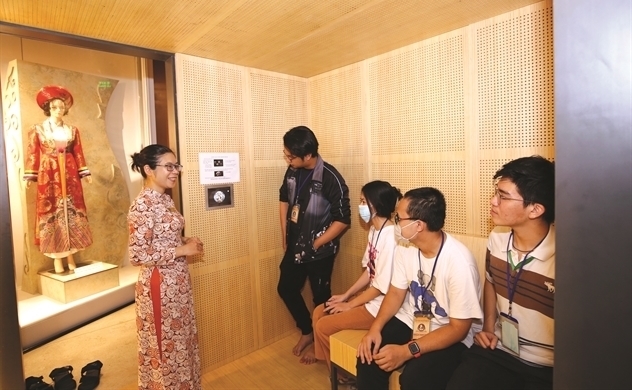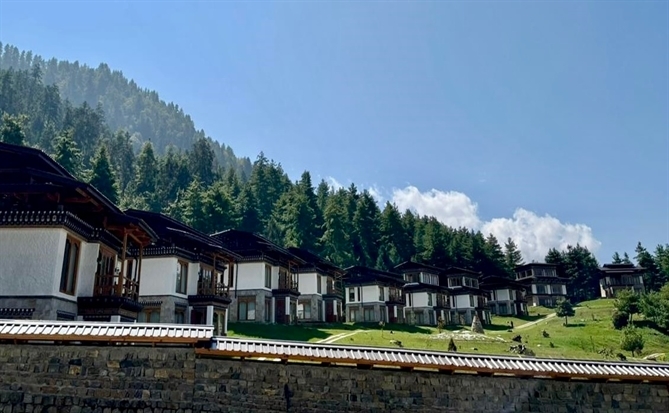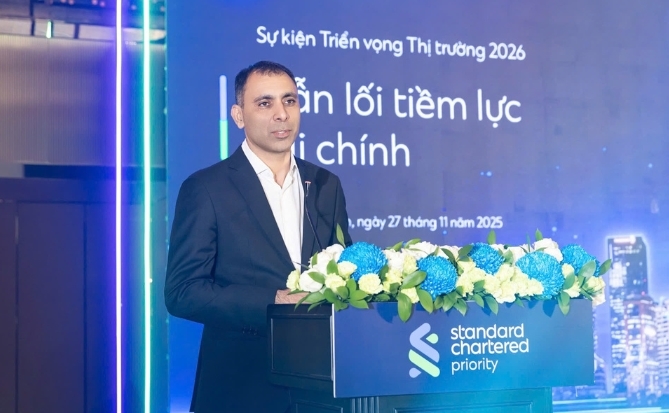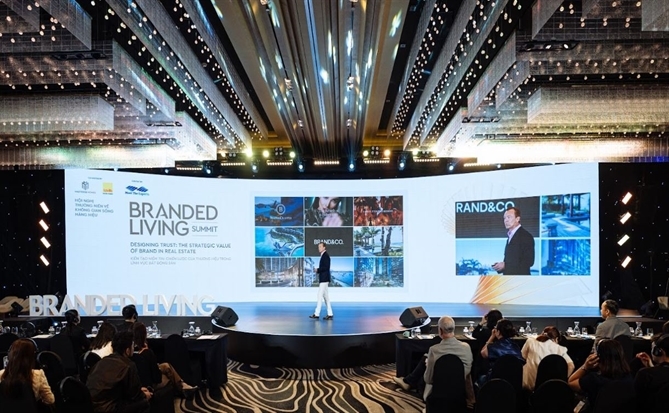Story telling box brings the museum closer to the public

It is a fact that for many years now, most museums in Ho Chi Minh City are often in a state of absence. Photo: Quy Hoa
The story telling box is designed in the shape of an open box, connecting with the outside world while still ensuring the quality of images and sounds inside. Stepping into the box, based on the control panel, visitors can select what data information they want to learn through pre-installed icons.
After selecting, the box will explain itself about the exhibits displayed in the form of stories or conversations for about 3 minutes. The visual parts of the artifacts are also refreshed thanks to modern graphics. Accompanied by images, dialogue is music. In other words, it's a fully dramatic reenactment of sound footage.
Vietnam is the first country supported by France to implement this model, from royalties to design costs. The digitization of the heritages translates into the script of the stories made by the museum side.
Due to the limited quantity, each box will "tell" 2 stories around 4 artifacts including the Ganesha Statue of Champa culture, Luong Tai Ho Chi An, Ao Dai of Mrs. Nguyen Thi Binh, and the HCM City Museum of Fine Arts. After the Ho Chi Minh City Museum and the Southern Women's Museum, the two boxes will be rotated to other museums in the city, respectively.
“To promote the storytelling box, we will continue to add more interesting and engaging content, documents, artifacts, and stories to the box. This is an opportunity to bring the images of museums closer to the public,” shared Ms. Doan Thi Trang, Deputy Director in charge of the Museum of Ho Chi Minh City. How to attract the public to the museum, especially the young public has been a challenge, not only for museums in Vietnam.
Therefore, from 2015-2016, experts at the Confluences Museum came up with the idea of designing story-telling boxes placed in public places such as airports, railway stations, hospitals, and schools. ... to attract those who rarely visit the museum can learn more about the artifacts on display.
This initiative has helped the number of visitors to the Confluences Museum increase 3-5 times compared to before. Ms. Hélène Lafont-Couturier, General Director of the Confluences Museum, said the story box model not only attracts tourists to visit the museum but also enhances educational capacity... in France. "The boxes both arouse curiosity to discover, and have a fresh, direct, vivid approach and do not take too much time, so it is easy to attract visitors," said the museum's representative.
Nguyen Thi Tham, Director of the Southern Women's Museum, explained that because of many factors related to design costs and preservation conditions, boxes in Vietnam will be placed at the museum in the immediate future.
However, her wish, and museum workers in general is to be able to replicate the box as well as attract more resources to participate to be able to bring this story box to other locations with high traffic. such as parks, schools, or shopping centers. Only then can the box bring into full play its full effect, as well as spread the love of heritage to many people.
It is a fact that for many years now, most museums in Ho Chi Minh City are often in a state of absence. Even the group guests are students, students participating in extra-curricular activities also follow the school's tour.
Tran Dang Khoa, a tour guide at a travel agency, said the weakness of the current museums is that there is no change after many years and there is no specific program to attract visitors. "Except for the War Remnants Museum which often attracts international visitors and the Ho Chi Minh City Fine Arts Museum, which specializes in fine arts, museums in Ho Chi Minh City have almost no outstanding activities." Mr. Khoa said.
According to Ms. Nguyen Thi Thu Ha, a writer specializing in culture and heritage, the reason why the museum system in Vietnam cannot attract young people to visit is because the space is too tight. "In order for the museum to "live", it must first be close, and catch up with what is happening in life", Ha emphasized. She also shared that, in recent years, a number of museums in Ho Chi Minh City have innovated, applied digital technology in their displays, improved facilities, and raised the level of tour guides. that's not enough. According to Ms. Ha, more specific solutions are needed to modernize museums, as is the case of the Ho Chi Minh City Museum of History.
This is a pioneer in Ho Chi Minh City implementing a smart interactive museum project based on 3D technology. The project also integrates multimedia applications such as introductions, video clips, music, etc. to help visitors have an overview and access basic information about 18 galleries of the Museum. The museum also opens an online exhibition section, an online open warehouse to introduce collections and collectibles that have not been able to display on the website, and a page for many people to access.
Some commented that there should be intensive programs/tours and many new, youthful, and close-to-life activities. Only in this way can many people come to the museum, especially young people. The way to communicate and organize tours to visit Hoa Lo Prison has been and is being done, which is worth considering.
“Museums in Ho Chi Minh City need more interesting projects such as story boxes or museum sections, and stories every month introduce a story around national artifacts or treasures such as of the Ho Chi Minh City Museum of History”, shared Ms. Ha.
Same category news
-
Architect Pham Minh Nhut

 TIẾNG VIỆT
TIẾNG VIỆT 








_131447820.png)








